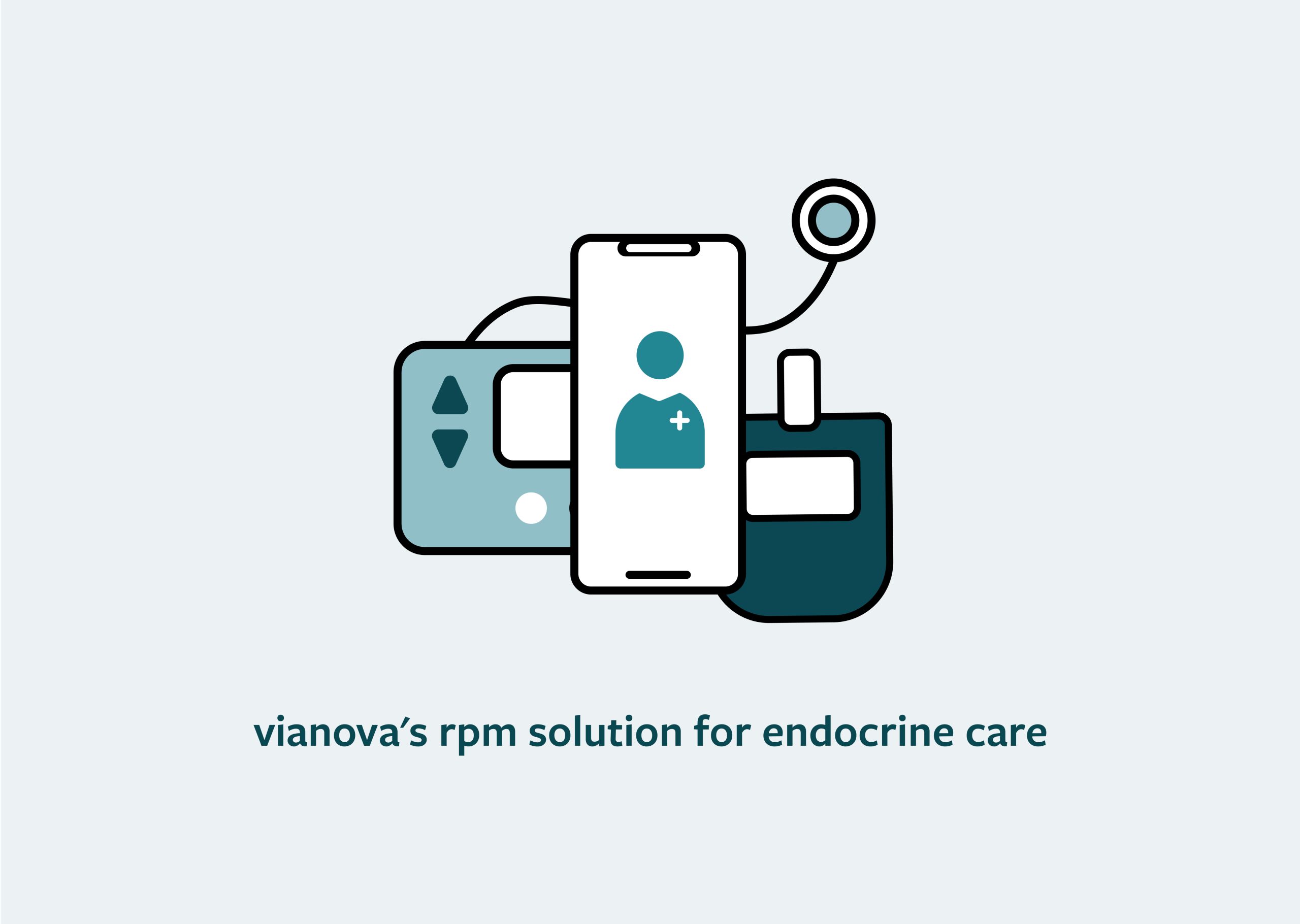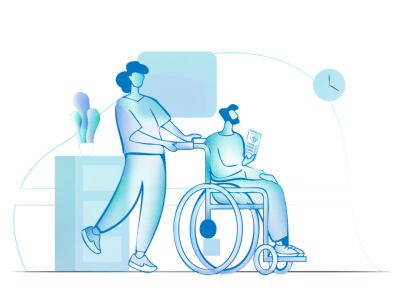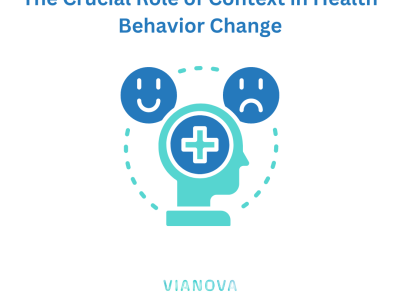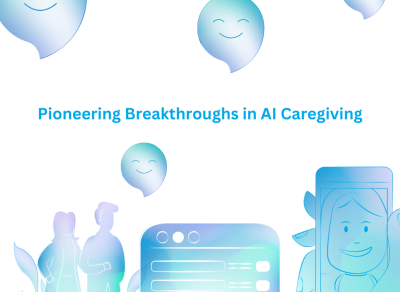
Revolutionizing Endocrinology Care: Exploring the Power of RPM Solutions
In the ever-evolving landscape of healthcare, innovation continues to redefine the way we approach patient care. Among these innovations, Remote Patient Monitoring (RPM) has emerged as a transformative force in endocrinology practices. In this blog post, we will embark on a journey to understand the essence of RPM and its profound impact on endocrinology care. Together, we will explore the numerous benefits that RPM solutions bring to both patients and healthcare providers, effectively revolutionizing the way we manage endocrine disorders.
What is RPM, and how does it work in endocrinology?
Remote Patient Monitoring, or RPM, is a pioneering approach that leverages technology to provide continuous healthcare monitoring, even outside the walls of a medical facility. In the context of endocrinology, RPM involves the use of advanced devices and software to track and manage various aspects of endocrine disorders, including conditions such as diabetes and thyroid disorders.
The RPM setup in endocrinology typically includes devices like continuous glucose monitors (CGMs), insulin pumps, and patient-facing apps. These devices are user-friendly and non-invasive, making it easy for patients to incorporate them into their daily routines. Patients receive guidance on using these devices and the data they generate is securely transmitted to healthcare providers, allowing for continuous monitoring and proactive intervention.
Benefits of RPM for endocrinology practices
The adoption of RPM in endocrinology practices offers a myriad of benefits that are revolutionizing the field:
1. Improved Patient Outcomes: RPM enables real-time tracking and management of blood glucose levels in patients with diabetes. This continuous monitoring allows for the early detection of trends or issues, leading to improved glycemic control and fewer complications.
2. Enhanced Diabetes Management: For patients with diabetes, RPM devices offer personalized care plans and medication reminders, ensuring that patients adhere to their prescribed treatment regimens. This promotes better diabetes management and reduces the risk of severe complications.
3. Increased Efficiency: RPM streamlines the healthcare process. Healthcare providers can access patient data remotely and intervene when necessary, improving efficiency, reducing in-person visits, and making healthcare more patient-centric.
Case studies showcasing the impact of RPM in real-world endocrinology settings
The true power of RPM becomes apparent when we witness its impact in real-world scenarios. Here is a case study that illustrate the transformative effects of RPM in endocrinology:
Case Study: Sarah’s Journey to Diabetes Control
Sarah, a young adult living with type 1 diabetes, used an RPM device to continuously monitor her blood glucose levels. The device sent her data directly to her endocrinologist, who adjusted her insulin dosage remotely, ensuring that her glycemic control remained within the target range. Sarah experienced fewer hypoglycemic episodes and greater peace of mind in managing her diabetes.
This case study illustrates the transformative potential of RPM in endocrinology care. By combining technology with healthcare expertise, we can provide more personalized and effective care, improving patient outcomes and reducing the burden of chronic endocrine disorders.
As we continue our journey in this blog series, we will explore how Vianova’s RPM solution is reshaping endocrinology care and why it’s paving the way for a brighter, healthier future for patients living with endocrine disorders. Stay tuned for more insights into the world of remote patient monitoring in the context of endocrinology.



FEEL FREE TO DROP US A LINE.